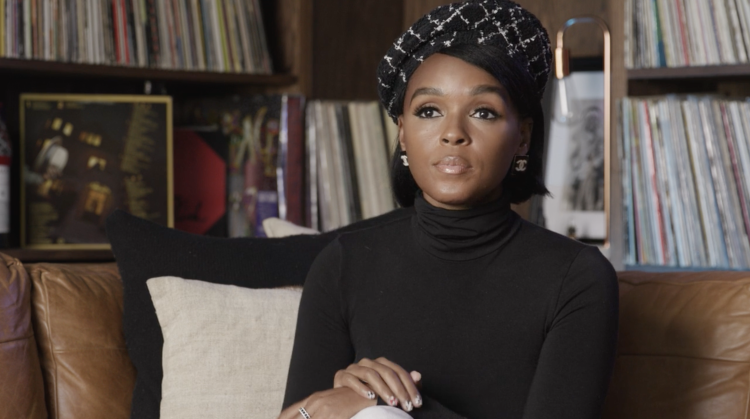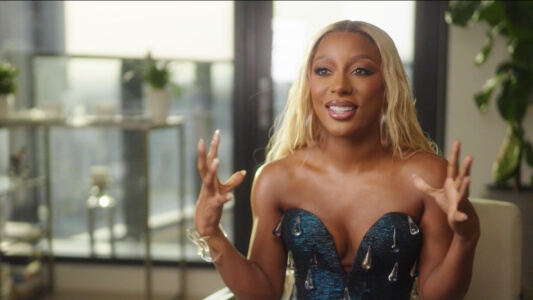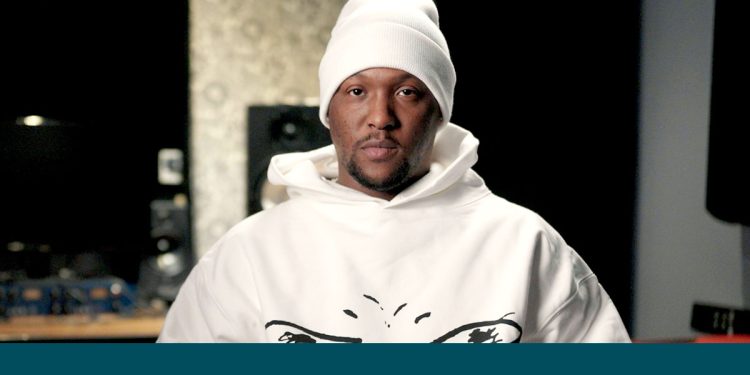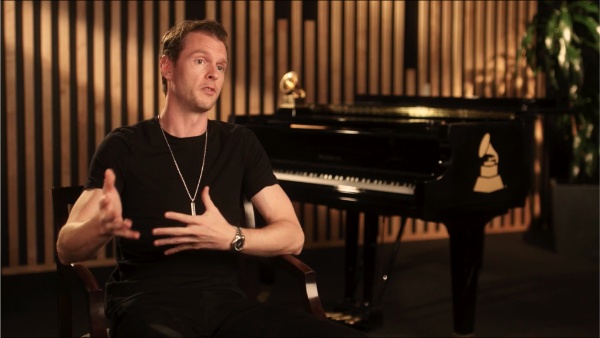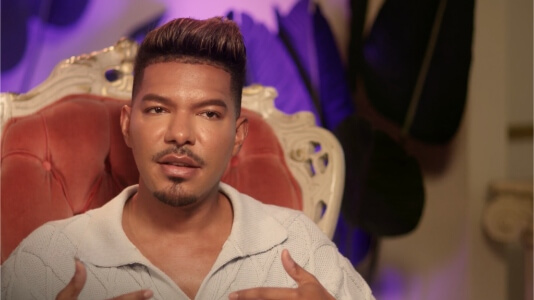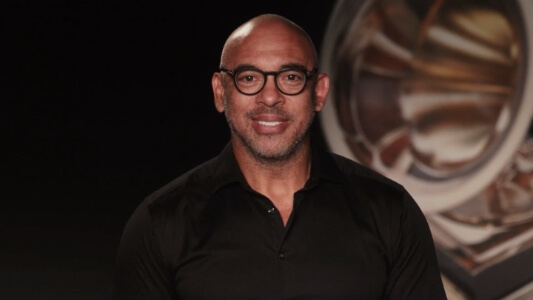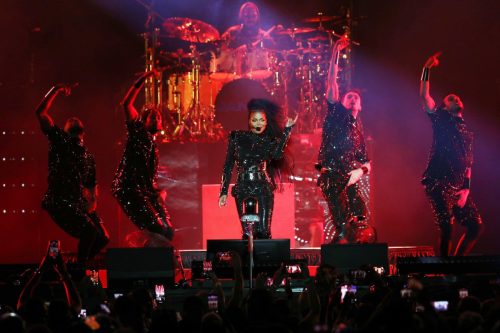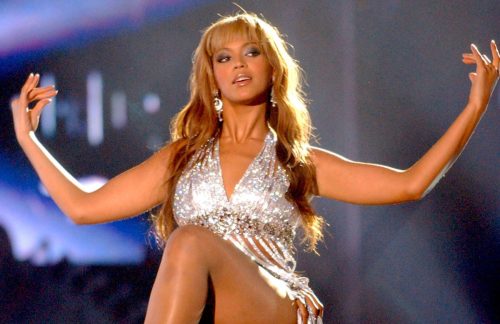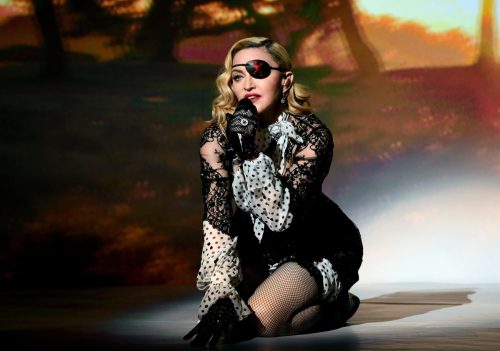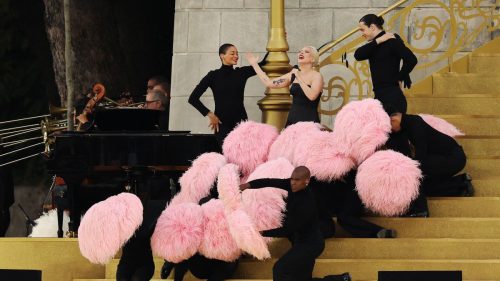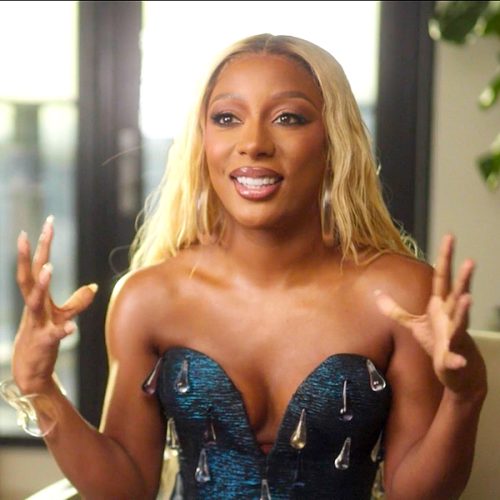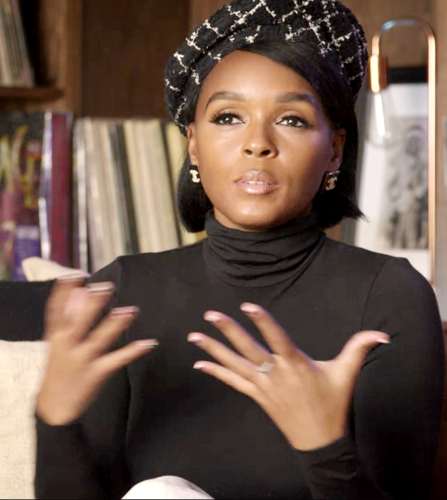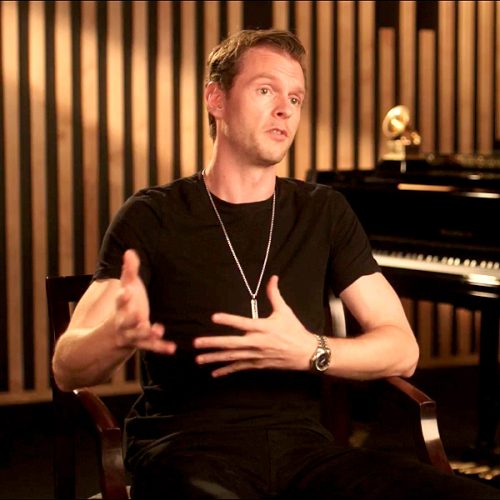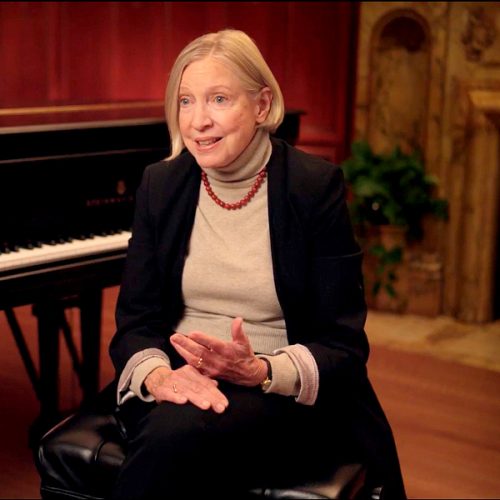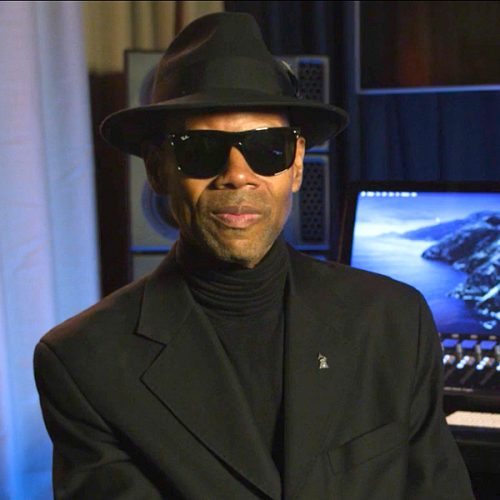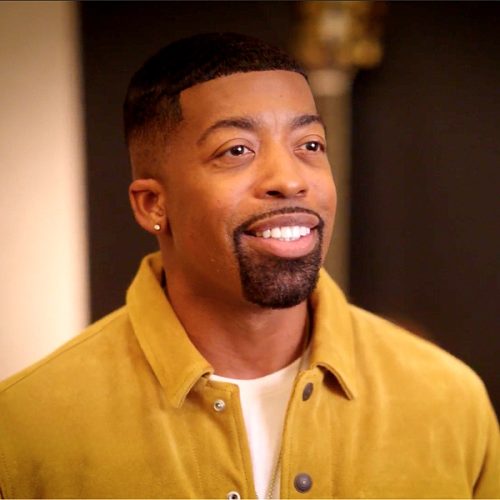Overview
What Does a Choreographer Do & How To Become One
A.K.A.

What Does a Choreographer Do & How To Become One: A Guide for Aspiring Dance Creators
Discover GRAMMY GO courses exclusively on Coursera
If you’ve ever been mesmerized by the expressive power of dance and dream of crafting captivating routines, a career as a professional choreographer might be your calling. Choreography is a unique blend of artistry, technical skill, and storytelling that can be both challenging and incredibly rewarding. In this guide, we’ll delve into the world of choreography, exploring the steps to take, qualities to cultivate, and career paths to consider, all while highlighting the inspiring work of GRAMMY-nominated and GRAMMY-winning choreographers who have shaped the landscape of dance.
What is Choreography?
Choreography is the art of designing and arranging movements in a sequence, transforming music and emotions into visual storytelling. It encompasses various elements:
- Movement Composition: Choreographers create harmonious sequences of movement, considering dynamics, transitions, and spatial relationships.
- Musicality: Choreography intertwines with music, with movements synchronizing with rhythm, melody, and emotional nuances.
- Spatial Awareness: Understanding how dancers interact with space is essential for creating visually engaging and dynamic routines.
- Emotional Expression: Choreographers use movement to evoke specific emotions and convey narratives, resonating with audiences on a deeper level.
- Collaboration: Working collaboratively with dancers and creative teams is crucial for bringing choreographic concepts to fruition.
What Does a Choreographer Do?
Choreographers are the architects of movement, responsible for designing and crafting dance sequences that enhance music, evoke emotions, and narrate stories. They work in collaboration with dancers, directors, producers, and musicians to bring artistic visions to life on stage, in music videos, films, and various other platforms.
Key Responsibilities:
- Create Dance Sequences: Choreographers develop original routines that align with the artistic concept of a production, incorporating diverse dance styles and techniques.
- Teach and Rehearse Dancers: They instruct dancers on precise movements, timing, and expression, ensuring a seamless and impactful performance.
- Collaborate with Creative Teams: Choreographers work closely with directors, producers, and musicians to integrate dance seamlessly into the overall production.
- Audition and Select Dancers: They hold auditions to identify dancers whose skills and styles best suit the choreographic vision.
- Adapt and Evolve: Choreographers often need to modify routines based on feedback, logistical constraints, or evolving creative concepts.
Steps to Becoming a Choreographer
- Study Dance: Immerse yourself in diverse dance styles like ballet, contemporary, hip-hop, jazz, or cultural dances. A broad understanding of movement enriches your choreographic vocabulary. Consider enrolling in dance schools, workshops, or online classes.
- Gain Experience: Practice choreographing routines for yourself, friends, or local groups. Volunteer for community events, school productions, or dance competitions to build a portfolio showcasing your creativity.
- Hone Your Technique and Conceptualization: Continuously refine your dance technique and ability to translate ideas into movement. Experiment with different music genres and explore diverse choreographic approaches.
Famous Choreographers and Their Collaborations
Throughout history, numerous choreographers have left indelible marks on the music and dance world, often collaborating with GRAMMY-winning artists to create iconic performances:
- Michael Jackson & Vincent Paterson: Paterson choreographed some of Jackson’s most memorable music videos, including the groundbreaking “Thriller,” which won a GRAMMY for Best Video, Short Form in 1984. He also choreographed “Smooth Criminal” and the GRAMMY-winning “Black or White,” which won the GRAMMY for Best Music Video in 1992.
- Janet Jackson & Tina Landon: Landon’s innovative choreography for Janet Jackson’s videos like the GRAMMY-nominated “Rhythm Nation” and “If” pushed boundaries and set new trends. “If” was nominated for a GRAMMY Award in the category of Best Female R&B Vocal Performance in 1994.
- Beyoncé & Frank Gatson Jr.: Gatson has been a longtime collaborator with Beyoncé, choreographing her visually stunning live performances and music videos, including the GRAMMY-winning “Single Ladies (Put a Ring on It)” and “Formation.” “Single Ladies (Put a Ring on It)” won a GRAMMY Award for Best Female R&B Vocal Performance in 2009, while “Formation” won a GRAMMY Award for Best Music Video in 2017.
- Madonna & Jamie King: King’s choreography for Madonna’s tours and videos, such as the GRAMMY-winning “Vogue” (Best Female Pop Vocal Performance) and “Hung Up” (Best Dance Recording), has become synonymous with her iconic style.
- Lady Gaga & Laurieann Gibson: Gibson’s avant-garde choreography for Lady Gaga’s videos and live shows, including the GRAMMY-winning “Bad Romance” (Best Female Pop Vocal Performance) and “Born This Way” (Best Pop Vocal Album), elevated her performances to art pieces.
Salary and Potential Earnings
As with many creative fields, the earnings for choreographers can vary significantly based on experience, reputation, location, and the type of projects they work on. According to Glassdoor, the average salary in the United States for a choreographer is $57,309, with an average range of $41,000 to $90,000 (while some choreographers can make more than $100,000/year).
- Minimum: Entry-level or freelance choreographers might start with lower rates, potentially earning around $15-25 per hour or a per-project fee.
- Average: Established choreographers working in various settings like studios, theater productions, or music videos might earn an average salary of $40,000 to $60,000 per year.
- Maximum: Highly sought-after choreographers with extensive experience and a strong reputation can command top dollar, earning upwards of $100,000 or more per year, especially when working on high-profile projects like major concert tours or award shows.
$60K
AVG

What It Takes to Succeed
- Artistic Talent and Creative Vision: The ability to conceptualize unique movement and express ideas through dance is essential.
- Effective Communication: Clearly conveying your vision to dancers and collaborating with diverse teams requires strong communication skills.
- Technical Proficiency: Mastery of dance techniques and choreographic principles ensures polished and professional routines.
- Experience: Building a portfolio of work through practice, collaboration, and real-world projects is crucial.
- Continuous Learning: Staying updated on dance trends, attending workshops, and networking with industry professionals fosters growth.
- Passion and Perseverance: A genuine love for dance and unwavering determination will drive you through challenges and fuel your creative spirit.
Career Paths and Progression
As you embark on your choreographic journey, consider these diverse career paths:
- Performance Choreographer: Craft routines for stage shows, concerts, music videos, films, or television productions.
- Freelance Choreographer: Work on a project basis with various artists, companies, or events, offering creative flexibility.
- Commercial Choreographer: Create choreography for advertising campaigns, corporate events, or fashion shows.
- Educator and Mentor: Share your expertise by teaching dance classes or workshops, nurturing aspiring dancers.
- Artistic Director: Lead a dance company or group, shaping the artistic vision and curating performances.
- Dance Company Member: Join a professional company as a dancer and choreographer, contributing to its creative output.
Education and Networking
Formal dance education can be beneficial, with many universities offering dance degrees or programs with a focus on choreography. Networking within the dance community is equally crucial. Attend workshops, showcases, and industry events to connect with dancers, choreographers, and potential employers.
Awards
While there is no GRAMMY Award for choreography, there is an award for Best Dance/Electronic Recording and a new award, introduced in 2024, for Best Pop Dance Recording, that often celebrates achievements in choreography. Charm La’Donna, who choreographed Dua Lipa’s Best Dance Recording win at the 61st GRAMMY Awards also choreographed the opening dance number to the 60th GRAMMY Awards. Dance is woven into the GRAMMY Awards and other music award shows.
Challenges and Rewards
The path to becoming a professional choreographer is not without its challenges. The industry is competitive, and finding consistent work can be difficult, especially at the beginning. However, the rewards are immeasurable for those passionate about dance and storytelling. Seeing your creative vision come to life through the movements of dancers and the appreciation of audiences is an indescribable feeling.
By nurturing your talent, embracing collaboration, and persevering through challenges, you can embark on a fulfilling career as a professional choreographer. Remember, your unique perspective and artistic voice have the power to inspire and leave a lasting impact on the world of dance.
